Contents
- Budh Math and the Tibetan Camp
- Digambar Jain Mandir
- Gurudwara Shree Guru Singh Sabha
- Maa Aadishakti Devi Kharoba Devasthan
- Maa Dhukeshwari Mandir
- Maa Ganga Jamuna Mandir
- Maa Garhbhavani Devasthan
- Nagara Brick Mandir
- Saint Joseph’s Church
- Shree Kalbhairav Mandir
- Shri Chakradhar Swami Mandir
- Surydeo and Mandodevi Mandir
- Sources
GONDIA
Cultural Sites
Last updated on 21 July 2025. Help us improve the information on this page by clicking on suggest edits or writing to us.
Budh Math and the Tibetan Camp
![Children of the Sambhota Tibetan School in Gothangaon[1]](/media/culture/images/maharashtra/gondia/cultural-sites/children-of-the-sambhota-tibetan-school_6Er3Yxx.jpg)
The establishment of the Tibetan settlement of Gothangaon (Arjuni Morgaon taluka) was a result of the 1959 Chinese invasion, which caused the Dalai Lama to flee Tibet and take political asylum in India. After this, many Tibetan refugees sought refuge in India. To make sure that these refugees did not end up living in subpar conditions, 45 settlements were established in different states of the country. One such settlement was the Norgyeling settlement (commonly known as Bandara Settlement) established in 1972, 100 km from Gondia city and 3 km from the town of Gothangaon, which is spread over and settled on 405 acres of land. The camp set up in 1972 was planned for 3,000 persons. However, in 2022, only 1,049 were living. The population of the camp has come down in the past 50 years.
Inside the settlement, there is a school, a hospital, a handicraft center, and a branch of the Union Bank. A Buddhist mandir is visible from the entrance. The Sambhota Tibetan School provides mainstream education to children from Pre-Primary to Primary level, and the medium of instruction for classes I to V is in the Tibetan language. The clinic is supported by the Maharashtra Health Department. A representative office has been established in the colony under the Ministry of Home Affairs, and the handicraft center produces Tibetan carpets with other Himalayan handicrafts.
On most houses and trees, traditional Tibetan flags are hung. A traditional festival is also held in the month of October-November.
Digambar Jain Mandir
Sri Digambar Jain Mandir, located in the Sindhi colony area of Gondia city, was built in 1919 by Sri Moolchand Chudaman Jain, Shri Hazarilal Bhagwandas Jain, and Shri Fathechand Ratanchand Jain, who all belonged to prominent Jain families. The murti of Mulnayak Shri Chandraprabhu Bhagwan and some other Jain murtis brought in from another Mandir that is in Katangi by Shri Fathechand Jain were kept here after the Vedi Pratishtha ritual. On March 10, 1950, the consecration of the altar of this Mandir was carried out.
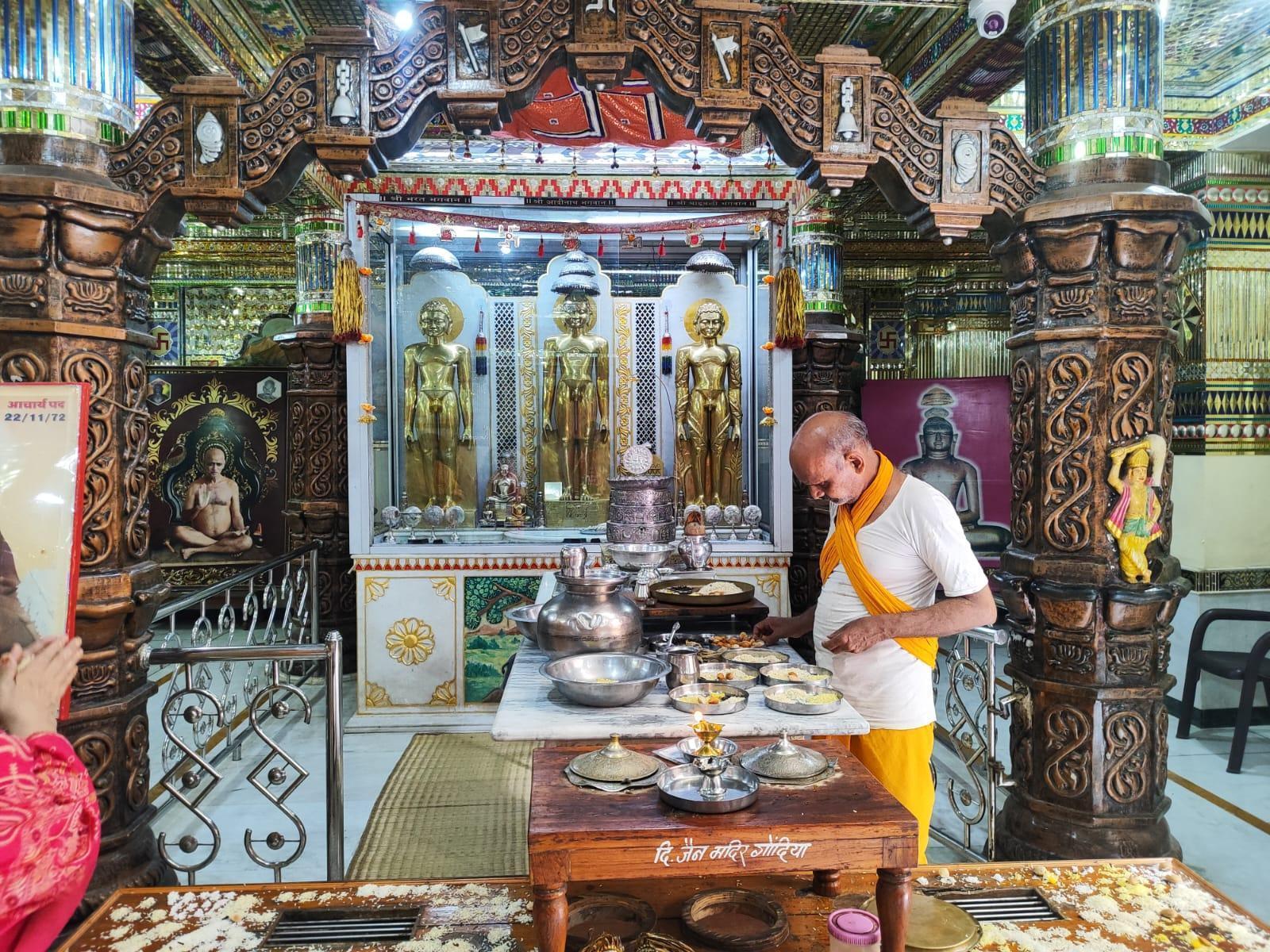
In the year 2000, many new murtis were installed in the newly constructed 3-storied Mandir. The murti of revered Shri Padyaprabhu Bhagwan was also installed in this Mandir.

Gurudwara Shree Guru Singh Sabha
The construction of the Shri Gurudwara, Railtoli area of Gondia city, began in 1932. The preliminary effort was made by Chamanlal Jotwani, Chairman of the Gondia Electricity Board, with active participation and support from the Sikhs of Gondia and Railtoli. The land for the Gurudwara was donated by the Oshan family. Further contributions toward the development of the Gurudwara were made by Her Highness Queen Umadevi of Kamatha State, who donated some more land.
![Inside the Gurudwara Shree Guru Singh Sabha in Gondia City[2]](/media/culture/images/maharashtra/gondia/cultural-sites/inside-the-gurudwara-shree-guru-singh-s_If8jcx9.png)
In 1982, the Gurudwara underwent extensive renovation, and the beautiful building that we see today was built. In keeping with the broad-minded and universal vision of Sikhism, the Gurudwara is open to people of all religions and communities. The Gurudwara Samiti periodically arranges langar, feeding the poor and the needy along with the congregation.
Maa Aadishakti Devi Kharoba Devasthan
Kharoba Devasthan, located 10-15 km from Gondia city is a major religious site for the local community. At a distance from the site is the small village of Bairagitola (which comes under the Kharra Gat gram panchayat). The Mandirs of Maa Adishakti and Kharoba are located at the foot of the Kharoba hill.
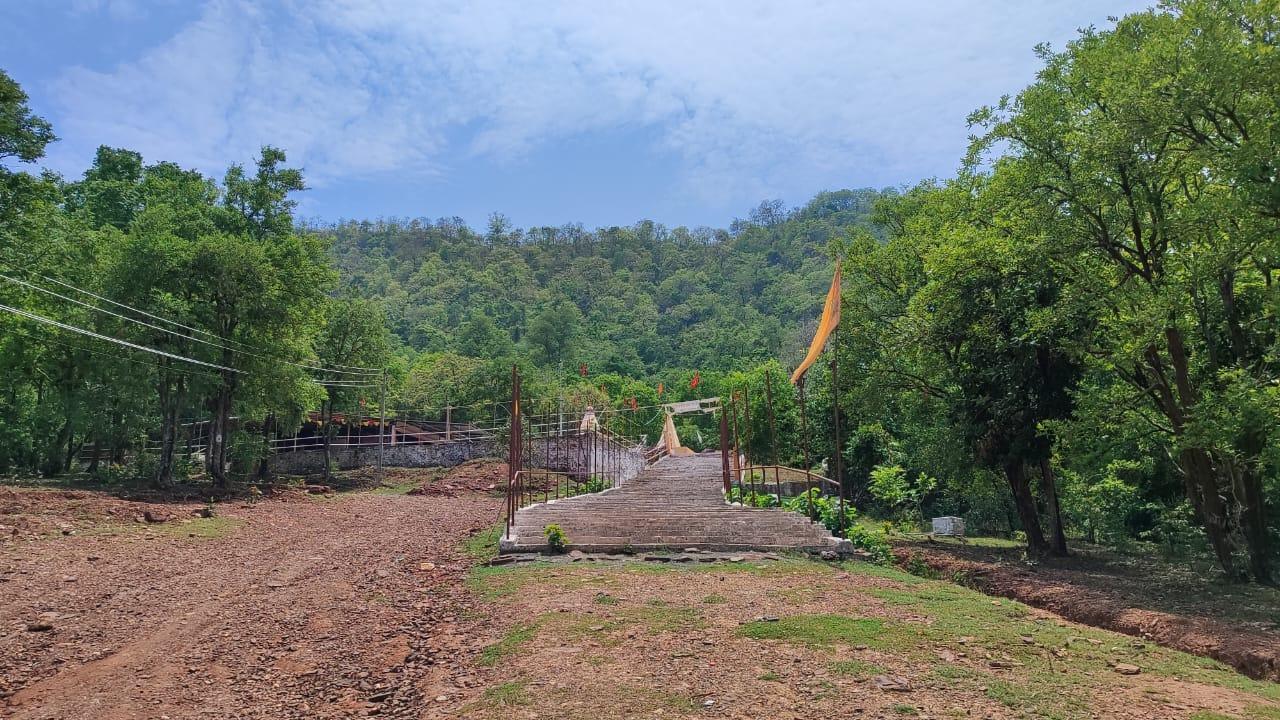
This Mandir is dedicated to Maa Adishakti, the prime devi of the indigenous people. The Mandir is located in a forested area at a height of about 500 ft. Wild animals and birds roam in the area, and remains of iron ore are also found. The Mandir is also a center of attraction for nature lovers and other tourists.
There is a marble murti of Maa Adishakti Devi in the Mandir, in front of which there are statues of lions on either side. There are murtis of Ganpati, Hanuman, and Bhagwan Vishwakarma in the Mandir complex as well. The statue of the vehicle of Shri Kharoba Baba (a local devta), which is a white 9-foot-high horse, is present near the Mandir. Multiple Trishuls are also noticeable. A Shivling is also present in the Mandir complex.


Maa Dhukeshwari Mandir
Located about 64 km from Gondia city in Deori, near the Maharashtra-Chhattisgarh border, is the Mandir of Maa Dhukeshwari. The indigenous community in the area believes Maa Dhukeshwari to be their devi, while the Deori people believe her to be their gram devi. It is said that she grants the wishes of her followers and keeps them safe. The common consensus is that this Mandir's foundation dates back to ancient times. The location has long been a significant worship center, as evidenced by legends and customs. Although the establishment does not specify the date, the Mandir has a history that extends over 200 years. At one time, people belonging to the indigenous community performed pujas here and offered devi balis, or animal sacrifices, in a tiny Mandir with a few murtis of horses. The current Mandir's foundation stone was set by the late Sitaramji Ambilkar, a resident of Deori, in 1990, the year also saw the installation of Maa Dhukewari's murti and the formation of the Maa Dhukeswari Public Mandir Trust Deori. In 1992, a Ma Kali murti was also installed. The Mandir complex houses other smaller Mandirs of several devatas and devis.


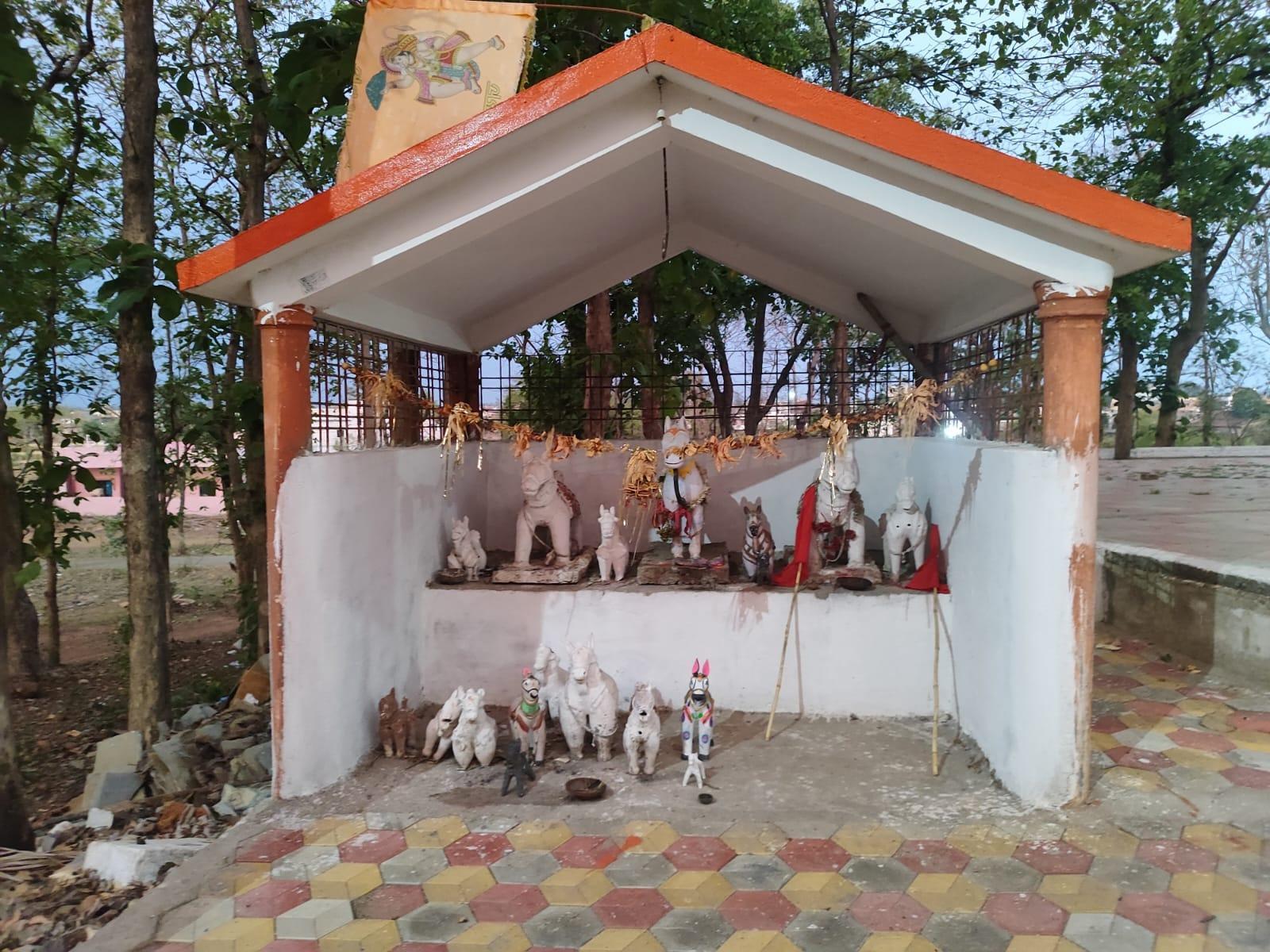
The most significant festival is that of Navratri. Navratri, at this Mandir, is celebrated with much hustle and bustle. It is a nine-night festival of Devi Durga. During the said period, a large number of bhakts come from far and wide to pay their visit to the devi and express their wishes. The registration for the ritual of ‘Jyoti Kalas’ starts every year from Chaitra Navratri (March-April). This ritual is carried out by people, especially women, as a way to ask the deity to fulfill their wishes.
The women who carry out this ritual come together on the ninth day and immerse the ‘jyoti kalas’ (a lit pot) in the nearby Pavan Talav. The Mandir is beautifully decorated during this special pujas and other rituals, and cultural programs are also organized. Other Hindu festivals, like Diwali, Holi, and Dussehra, are also celebrated with great enthusiasm.
Maa Ganga Jamuna Mandir
Maa Ganga-Jamuna Mandir is an important religious site located in Bondgaon Devi, which is about 70-80 km from Gondia City. The Mandir is dedicated to Ganga-Jamuna Devi but shrines of different devis and devtas are also present. The place is of cultural and historical significance and very often acts as a central location for festivals and religious and cultural gatherings. This Mandir is believed to be about 300 years old.
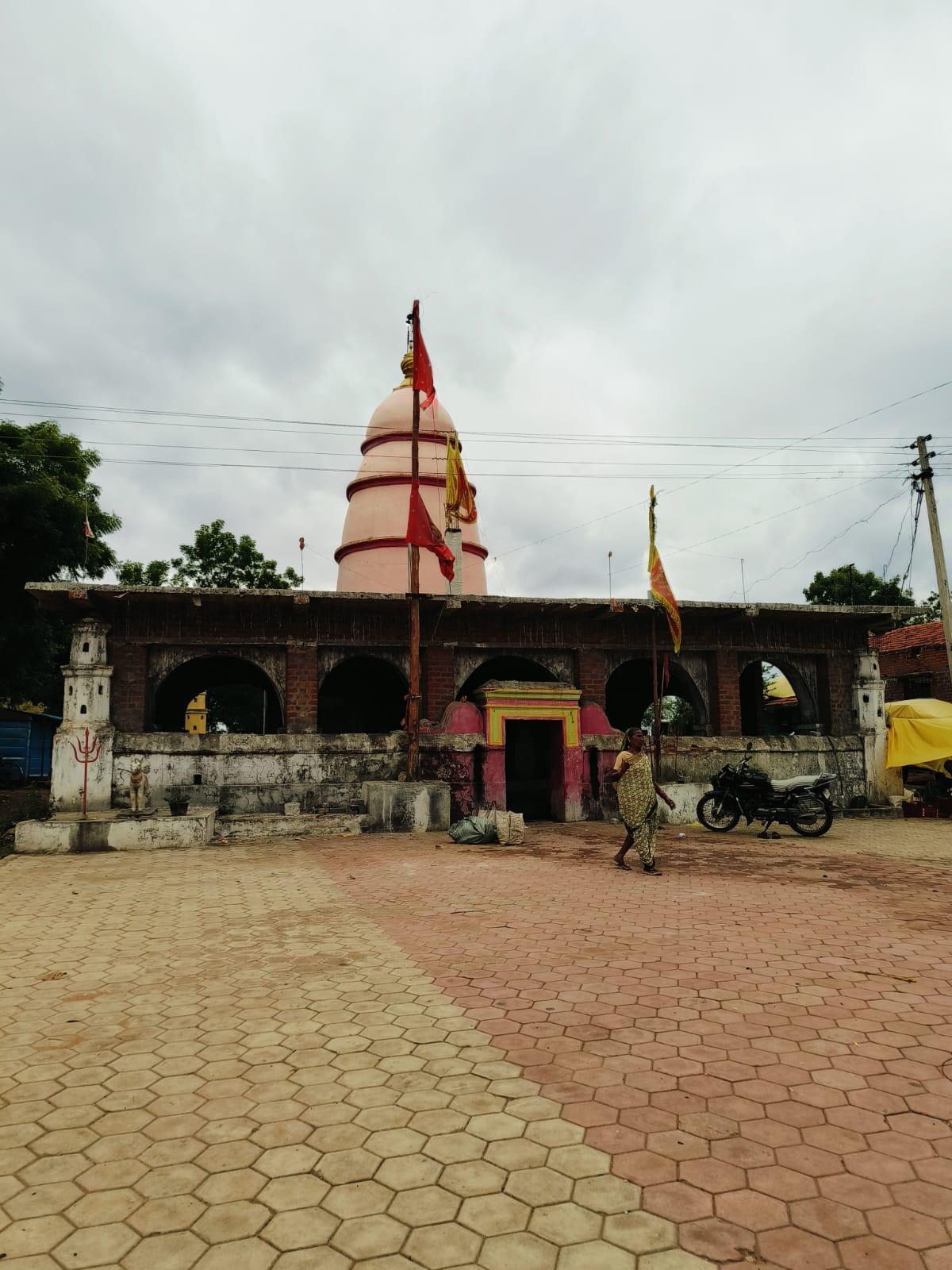

Maa Garhbhavani Devasthan
Located at a distance of 2 km away from the village of Pangadi, an area with a high population of people belonging to the Gond community, in a densely forested area perched up on a hill, lies the mandir of Maa Garhbhavani. There are 2-3 other smaller mandirs near the main entrance and a borewell below the Mandir. At the foot of the hill, some steps have been made to facilitate bhakts. There are medicinal plants, trees, and shrubs in the area. It is believed that in ancient times, the Gonds established Maa Garh Mata here.

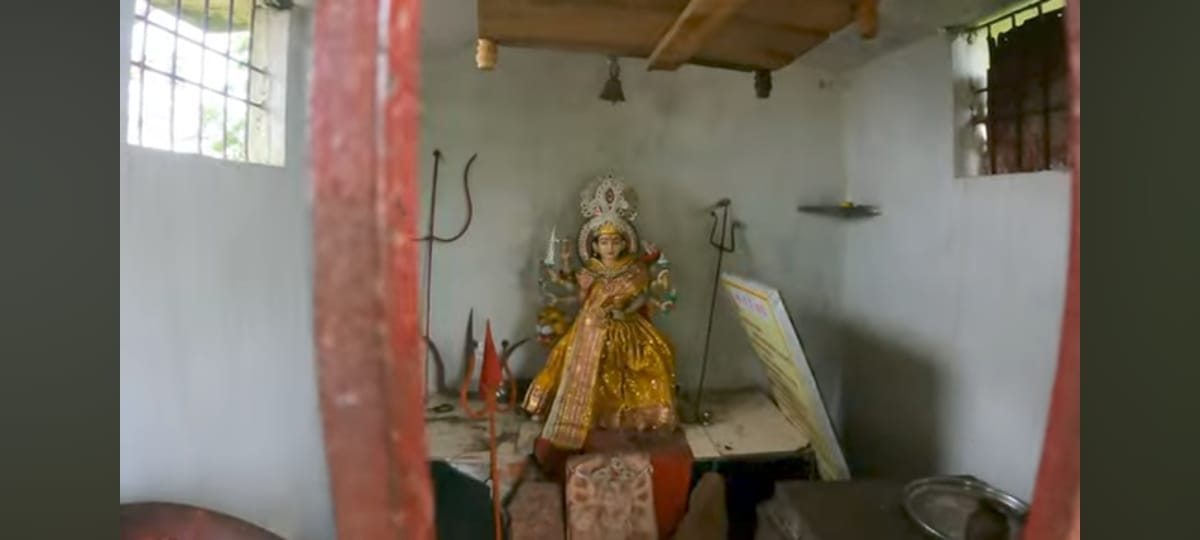
Nagara Brick Mandir
![5th-century Vakataka-era Brick Mandir near Gondia.[3]](/media/culture/images/maharashtra/gondia/cultural-sites/5th-century-vakataka-era-brick-mandir-n_ZpBkbu1.jpg)
![Early Nagara-style brick Mandir ruins at Nagra.[4]](/media/culture/images/maharashtra/gondia/cultural-sites/early-nagara-style-brick-mandir-ruins-a_4mpFXaU.jpg)
About 6 km from Gondia city is the Nagra Brick mandir, or what remains of the once large 5th-century Vakataka-era Hindu Mandir complex. The Brick Mandir of Nagra is similar to other large Hindu Mandir complexes built by the Vakatakas. The structure is made entirely of bricks, and it is about 1100 square meters. Multi-tiered, it has steps from one level to the next. On top are mandapa cell spaces. At the very top is the lower part of a sanctum with a Shivling (Vakatakas were a Shaiva Hindu dynasty). The sides of the platform show molded pillars and a structure that would have supported a large Hindu Mandir complex. Excavations of this site have yielded Hindu sculptures and panels, which are now in the Nagpur Museum. The evidence of the antiquity of this village was found after the survey of Nagra village in 1976. During the excavations, copper coins, pottery, and other ancient relics of the Kushan period were found. Various ruins and pieces of evidence of ancient architecture have been found in the area. A Shivaling, Bhagwan Vishnu’s murti, and various other religious murtis were also found.
Saint Joseph’s Church
Since its founding in 1923, St. Joseph's Church in the Rail Toli area of Gondi city has experienced significant expansion and development. The church, which honors St. Joseph as its patron, has 70 families as of 2024 enrolled under the spiritual direction of Fr. Anthony D'Souza and Julius Daniel. The Salesian Missionaries of Mary Immaculate run the women's religious home.

According to the Archdiocese of Nagpur, the origin of this Church can be traced back to 1912 when Fr Raymond established a small one-room chapel near the rail lines, which he later expanded. Bishop Coppel blessed this chapel on August 23, 1923, officially establishing it as St. Joseph's Church. In the coming years, Fr. Anthony Wengert expanded the church, adding a sacristy and a bell tower. He also built a two-room presbytery with a verandah and made it his permanent residence, making Gondia a full-fledged parish by 1934.
From 1973-1979, Fr. Michael Ferrao started an English primary section school and reorganized the church and educational works into separate trusts: St. Joseph's Parish Society and Nirmal Education Society. Later on, Fr. Paschal Fragose worked on regaining the cemetery land and built a two-story structure for a Hindi Medium Primary School. He also facilitated the formation of a pastoral council in 1995. During his tenure as Manager, Parish Priest, Principal, and Secretary, Fr. Sebastian D'Costa oversaw the restoration of St. Joseph's Church and on June 24, 2007, the new church building was completed thanks to funding provided by local benefactors and CHURCH-IN-NEED, Mission, Germany.
Shree Kalbhairav Mandir
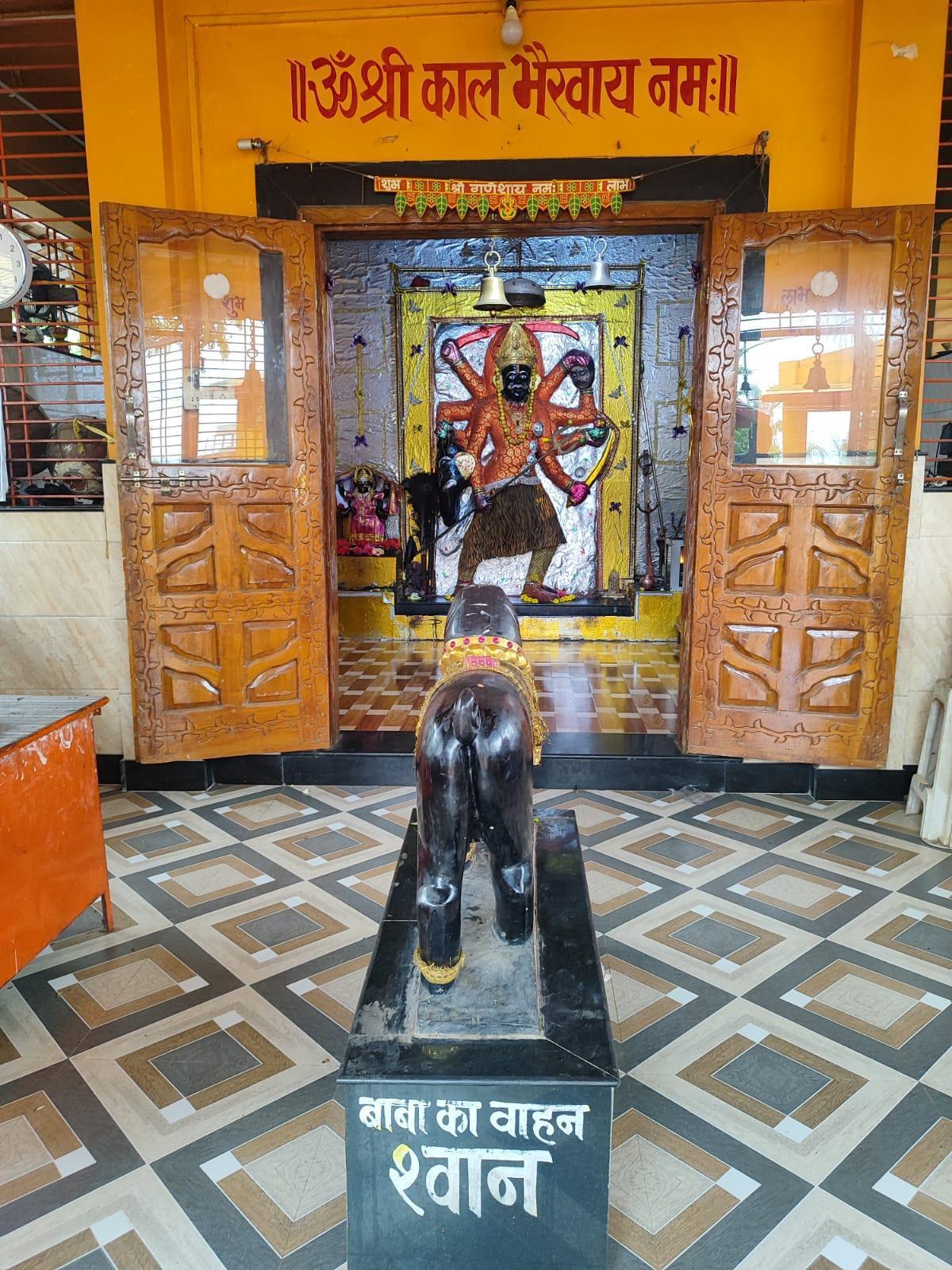
Situated at a distance of 6-7 km from the city of Gondia, near the village of Chandanitola, is the Kal Bhairav mandir. The Mandir is situated on a hill that is known as the Bhairav Hill. The Kal Bhairav is black and has multiple hands, he is depicted as holding a variety of things, such as Pashu Munda, a circular stone, a Trishul, a Sword, Naramund, etc. It is believed that Bhairav's companion was Nagbaba. It is believed that the eight Bhairavas, namely Chanda, Prachanda, Unmat, Bhabra, Kapal, Samadhan, and Kaal, are situated in eight directions. Among them, antiquities and ruins have been found while deepening a Mandir pond.
Earlier the Mandir was built out of ‘ancient stone pillars’. With the help of the Archaeological Survey of India, the Mandir was renovated and established at a location decided upon by the Gram Panchayat and since 1983, every year, the Kartik Purnima festival and Kal Bhairav Janmashtami are celebrated in the Mandir.
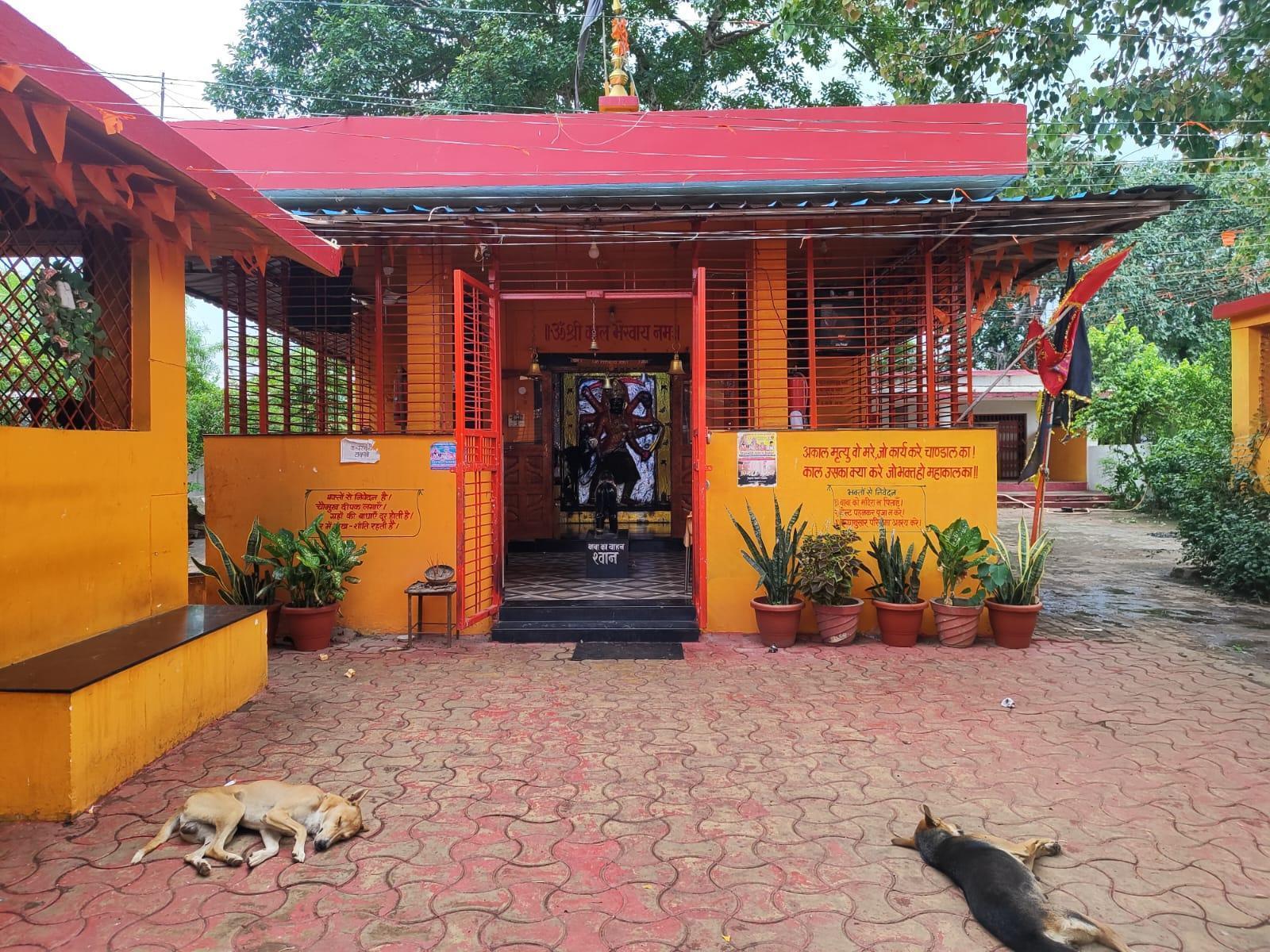
Shri Chakradhar Swami Mandir
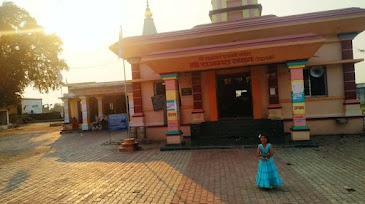
Situated in Dakram Sukdi. Tiroda Tehsil of the district, about 40 km from Gondia City. This Mandir is dedicated to Chakradhar Swami Ji, who is considered to be the incarnation of Krishna and was the founder of the Mahanubhava sect.
The Mandir is situated in a picturesque surrounding which is elevated due to the nearby Bodalaksa Dam and reservoir. A grand fair is organized here in the month of Chaitra i.e. April every year, thousands of pilgrims and tourists show up.
It is believed that Sri Chakradhar Swami came here and rested for a while during his travels. Sri Kshetra Dakrama Sukdi is sanctified by the feet of Sri Chakradhar Swami and thus is considered to be a ‘Charankit Place’ by the Mahanubhav Panthis. It is believed that Swamiji received alms from a person named Baliram Teli. Swamiji took the alms and went to Bhojaneshwar Lake and then moved further towards his destination. A venerable shrine called Sadhul Baba sthan was built inside the house of Baliram Teli.
Surydeo and Mandodevi Mandir
Located in Bagheda (Goregaon Taluka), the Suryadev and Mandodevi are revered as the gram devta of Gondia. Mandodevi is regarded as Durga Devi and Surya Dev's avatar. Because of her ability to grant wishes, she is revered. In the past, Gonds would visit this location to perform pujas for the devi.
According to locals, this location became sacred after two murtis of Durga Devi were discovered nearby, inspiring the construction of a Mandir by the local villagers.
Another local legend tells of three brothers: Suryadev, Ishwar, and Kurra, and their sister, Mandobai, who were once roaming the jungles and while doing so came upon a sadhu who advised them to carry out meritorious deeds. So the brothers dug a pond, which, to this day, provides water to the rich wildlife present in the region. Another interesting local belief is that every night a tiger pays respect to the devtas and devis.
The complex contains statues of Shiva-Parvati, Hanuman, Ganesh, Annapurna, a Shivling, and a beautiful picture of Shri Krishna holding up the entire Govardhan mountain. Notable among these is a 15 ft. high murti of Shiv which is depicted in a way that it appears that Shiv is sitting on a rock, this rock in turn is on a 5 ft. high raised platform. Within the Mandir complex, there exist separate mandirs dedicated to Hanumanji and Annapurna Devi. The Mandir also carries out mass marriages across religions, thus playing a paramount role in social life.

Sources
Archdiocese of Nagpur. Parish & Mission Stations. Archdiocese of Nagpurhttps://nagpurarchdiocese.org/gondia.aspx
Sambhota. Sambhota Tibetan School, Gothangaon. Sambhota.https://sambhota.org/sts-gothangaon/
The Hitavada. 2022. Gothangaon Camp: 50 Years of Grit, Challenges, and Hope.https://www.thehitavada.com/Encyc/2022/3/14/…
The Vidarbha Gazette. 2022. Lathicharge Over Land Claims: Bengali Villagers Clash with Forest Department in Gadchiroli. The Vidarbha Gazette.https://thevidarbhagazette.com/lathicharge-o…
Tripnight. Suryadeo Mando Devi Mandirs, Gondia. Tripnight.https://www.tripnight.com/maharashtra-touris…
Wikimedia Commons. Nagra Brick Mandir, Chandanitola Gondia. Wikimedia Commons.https://commons.wikimedia.org/wiki/Category:…
Last updated on 21 July 2025. Help us improve the information on this page by clicking on suggest edits or writing to us.